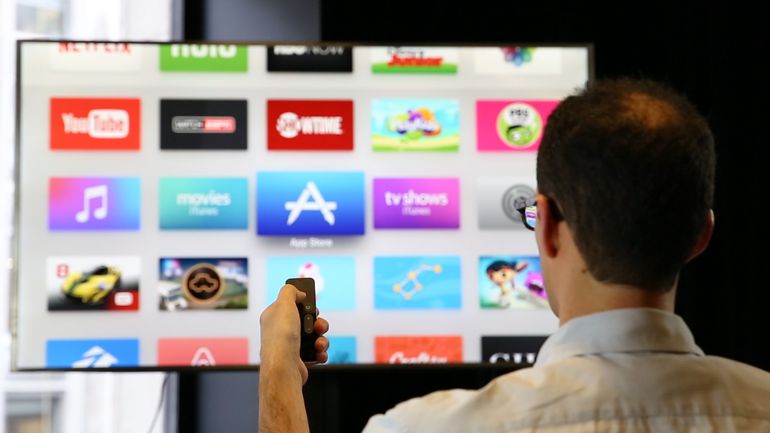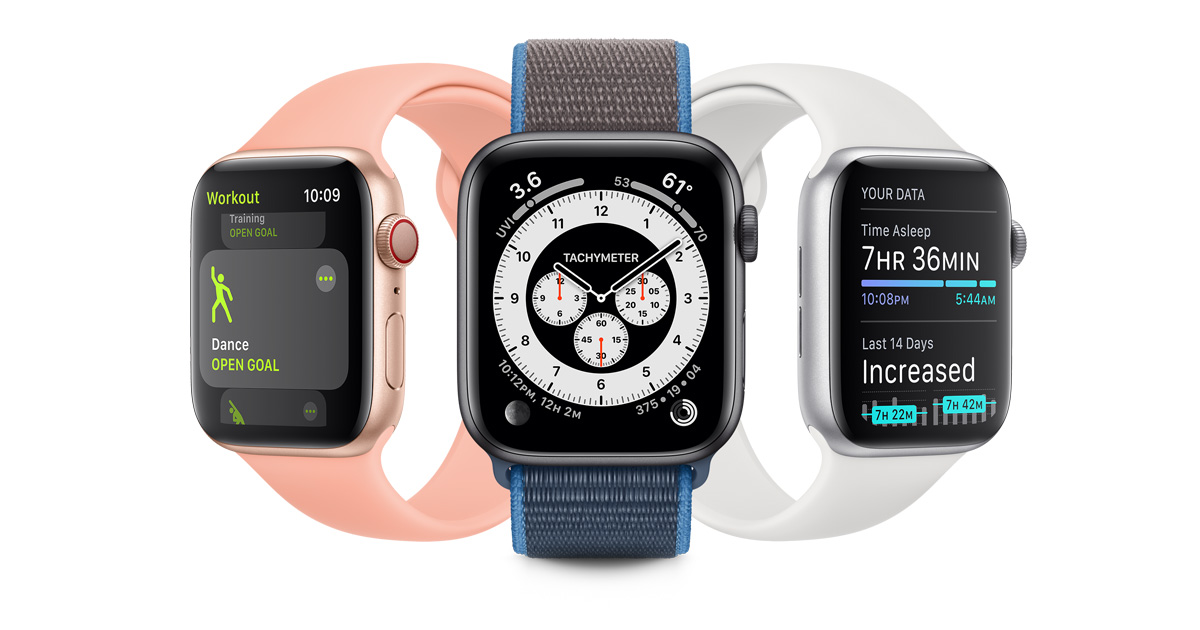It is a well known secret in the Apple world that the company has been looking to upend the television sets that sit in our homes. They’re almost there with Apple TV, which isn’t the same as a television set, but it is capable of controlling the content that we consume on TV.
Apple launched the first version of Apple TV, called iTV, in 2007. That was long before we started seeing smart TVs that could connect to the internet. Though when it released it was far ahead of its time, a few years down the road it will become indispensable to its users. The intent was always clear for Apple TV – to change the technology behind how entertainment is delivered to our television sets and cementing the position of the Internet as an integral part of our viewing experience.
As such, 2007 was a year that heralded the entrance of the Internet into the TV space in a big way. Netflix, which sold its billionth DVD that year, and was moving into VOD, or Video On Demand. That’s how early Apple TV came into the picture.
Today we know how big Netflix has become as a service, offering content in more than 190 countries across the world, but rarely do we talk about Apple TV within the same context. That’s because, while Netflix started focusing on the content side of things, Apple focused on the technology side.
From the first generation of iTV, Apple TV has undergone several changes. Today, it can stream content from a variety of service providers through apps on the tvOS App Store, it can stream cable TV content (and with tvOS 10, you’ll get a single sign-on option so you don’t have to authenticate multiple times), it handles nearly every type of video, audio and image format available, you can use other Apple devices to control it, you can cast or mirror your device’s content on your TV, and so many more options.
From a viewpoint of evolution, Apple TV has come a long way since it was launched. And it continues to be the mainstay video streaming device in many Apple-centric homes across the world.
In essence, what Apple has done is to revolutionize our viewing experience by providing a technology backbone that is intuitive, easy to use, convenient, inexpensive and versatile. It brought an extension cord of sorts to bring life to brain-dead televisions. But clearly, this was not something a company like Apple would care about creating in the first place unless it saw that as a stepping stone to bigger things.
That’s what Steve Jobs was talking about in 2011 when he said this:
“‘I’d like to create an integrated television set that is completely easy to use,’ he told me. ‘It would be seamlessly synced with all of your devices and with iCloud.’ No longer would users have to fiddle with complex remotes for DVD players and cable channels. ‘It will have the simplest user interface you could imagine. I finally cracked it.’” – Steve Jobs told his biographer Walter Isaacson.
Though there are several reports contradicting what Steve Jobs foresaw as Apple’s role in the TV world, the comments of Eddy Cue, head of Apple’s internet software and sales division, during an interview at Vanity Fair’s annual summit make it clear that Apple is indeed thinking a lot about the TV, and I seriously hope that they disrupt the industry at some point.
“Cue sees a future where viewers decide what they want to watch and the TV service finds it for them. Instead of searching through channels and subscribing to the right service or package, the content is just there on an a-la-carte basis. “It’s great to be able to tell you device ‘I want to watch the Duke basketball game, I don’t care what channel it’s on’… Today you got to bring in the TV, go through the guide, find which sports programmes or whatever – it’s just hard to do.
The problem is the interface. The ways you interact with it are pretty brain dead.”” – Ibtimes
Though in 2011 there were strong rumors about an actual TV from Apple, I don’t think the company wants to go in that direction. Clearly, Apple is looking at the problem more from a technological viewpoint rather than a challenge in electronics. Software, as opposed to hardware. They’re already honed the hardware to a point where it can actually sit in your hand instead of hanging on the wall, but it’s the software powering that black box that Apple is most interested in.
The reason I say this is that, somehow, it just doesn’t add up for a company that has mastered the art of creating products with high margins to enter a low-margin segment like TV manufacturing. And that’s the reason I think it’s the software behind television sets that Apple wants to keep working on – not the hardware itself.
Thanks for reading our work! Please bookmark 1redDrop.com to keep tabs on the hottest, most happening tech and business news from around the world.



